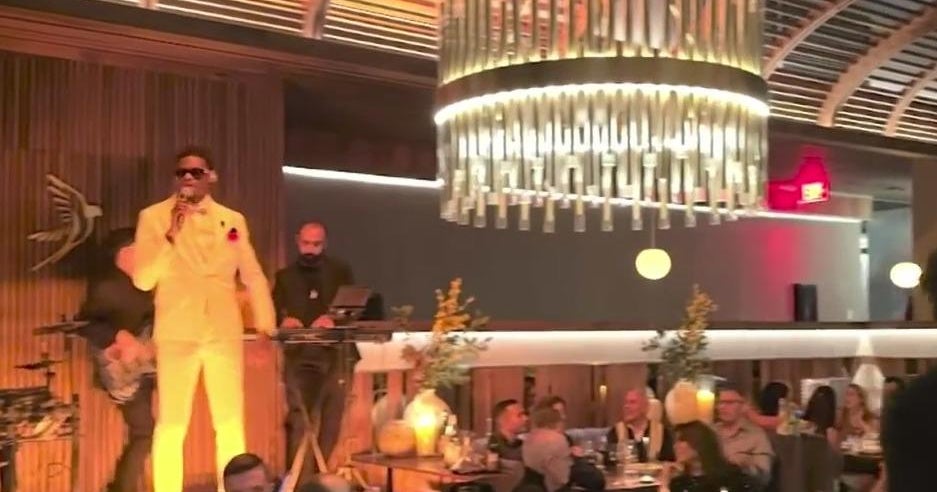Fat Tuesday In New Orleans: Floats, Masks, Trinkets & More
Follow CBSMIAMI.COM: Facebook | Twitter
NEW ORLEANS (AP) — Thousands of people bundled up against the cold winds as they lined up along the main streets of New Orleans on Tuesday to see the culmination of the city's famous Mardi Gras celebration.
The last day of parades rolled along St. Charles Avenue and Canal Street before Lent, a period of penance and spiritual renewal, begins Wednesday. Families set up ladders for their children to sit on and thus get a better chance to catch beads and trinkets — prized possessions thrown out by float riders on Fat Tuesday.
Click here to view pictures of Mardi Gras celebrations.
Jonas Edwards, a tourist from North Carolina, was wearing a long rope of large shiny beads in the distinctive purple, green and gold colors that are synonymous with the holiday. He hoped to catch one of the hand-decorated coconuts given out during the Zulu parade.
WHAT ARE THE BIG PARADES?
The Krewe of Zulu parade is put on by the Zulu Social Aid & Pleasure Club, a historically black organization in New Orleans. Their parade dates back to roughly 1910. Then the Rex Organization, which dates back to 1872, followed Zulu. Rex's history is closely tied with Mardi Gras traditions. For example, Rex's colors — purple, green and gold — have become the symbolic colors of Mardi Gras as well. After Rex comes two truck parades, also along St. Charles Avenue. That marks the end of the major parades in the city until next year.
WHAT KIND OF TRINKETS CAN PEOPLE CATCH?
Riders on the floats generally wear masks and throw beads or other specially made trinkets to people along the parade route. Families line up early along the side of the street or on the median — called the neutral ground in New Orleans — to get a good seat. Families often make specially designed ladders with seats attached on top for young children to sit in so they're better positioned to catch things. One especially prized "throw" is the coconuts given out by members of Zulu. The coconuts have been hollowed out, and the outside hair is removed; they're then decorated with glitter or elaborate designs. They generally are not thrown from the floats but rather gently handed off to lucky bystanders.
WHAT ELSE HAPPENS?
Before sunrise Tuesday, about 100 people turned out at the Backstreet Cultural Museum to see the North Side Skull & Bone Gang come out. The gang is a longtime Mardi Gras tradition. The members wear costumes resembling skeletons with paper mache masks covering their heads. They go through the neighborhood waking people up on Fat Tuesday.
Dabne Whitemore came to the door in her white bathrobe after hearing the gang and its drums coming from down the street. She said she's been living in the neighborhood for about 15 years and called the tradition "wonderful."
(© Copyright 2016 The Associated Press. All Rights Reserved. This material may not be published, broadcast, rewritten or redistributed.)



